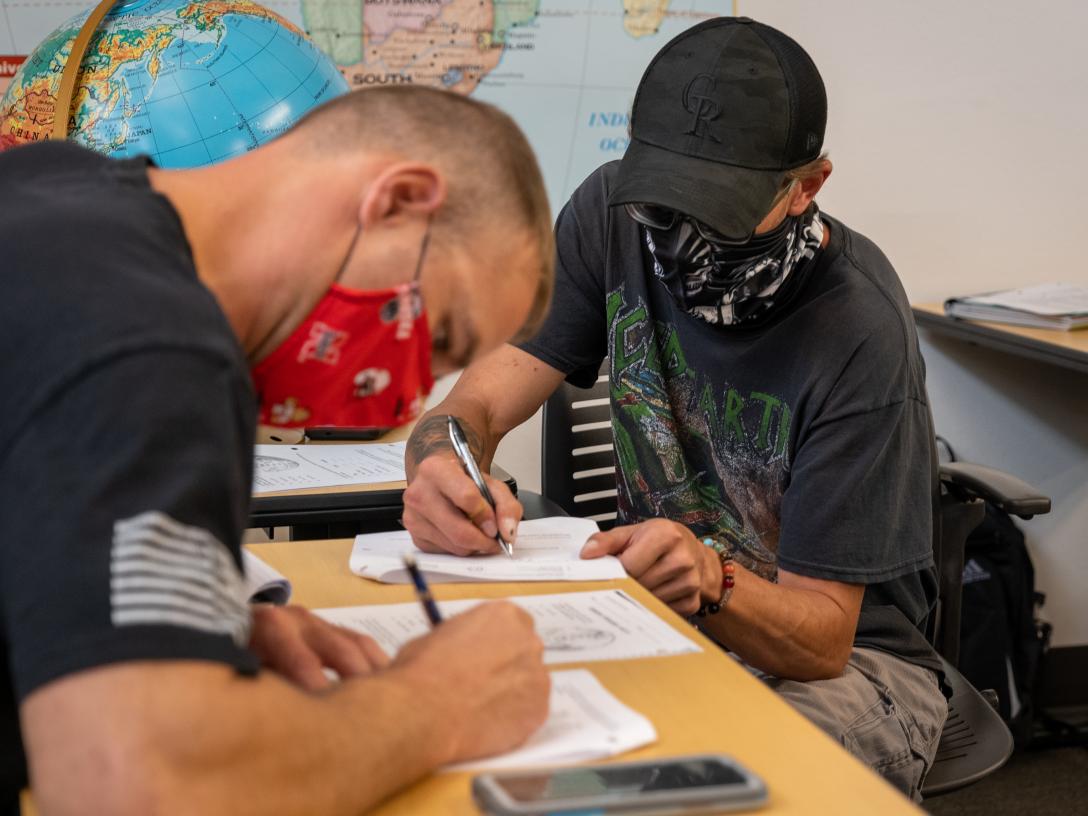If you’re excited by the idea of helping students gain new skills and abilities, consider starting a rewarding career in education. The Aims elementary and secondary education associate of arts degree with designation is designed for students who will go on to pursue a bachelor’s degree. The 60 credits you earn at Aims will transfer to participating Colorado four-year colleges and universities where you’ll enter the bachelor’s program as a junior.
To pursue a career in education starting at Aims you will need to identify your four-year transfer institution as early as possible. Elementary and secondary education students are required to pursue a bachelor’s degree and because programs vary among Colorado Universities, early declaration will help ensure you earn all required credits during your two years at Aims.




